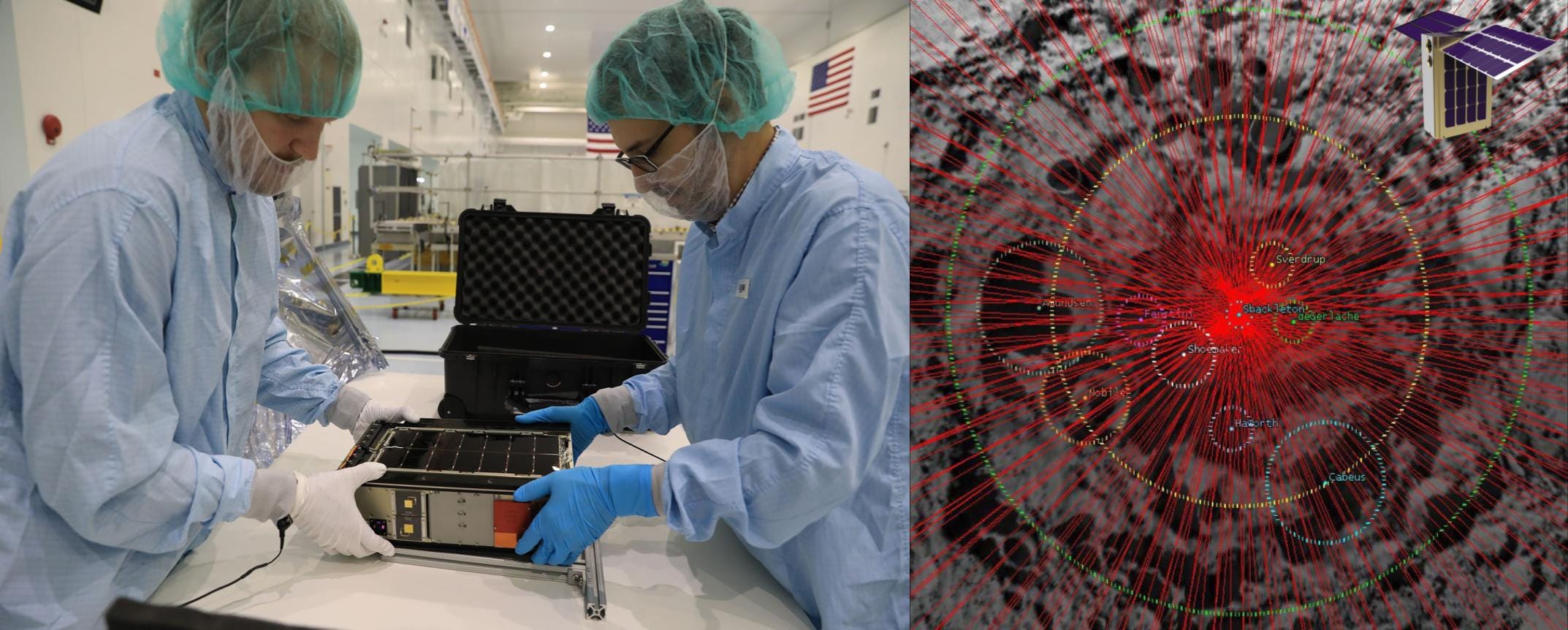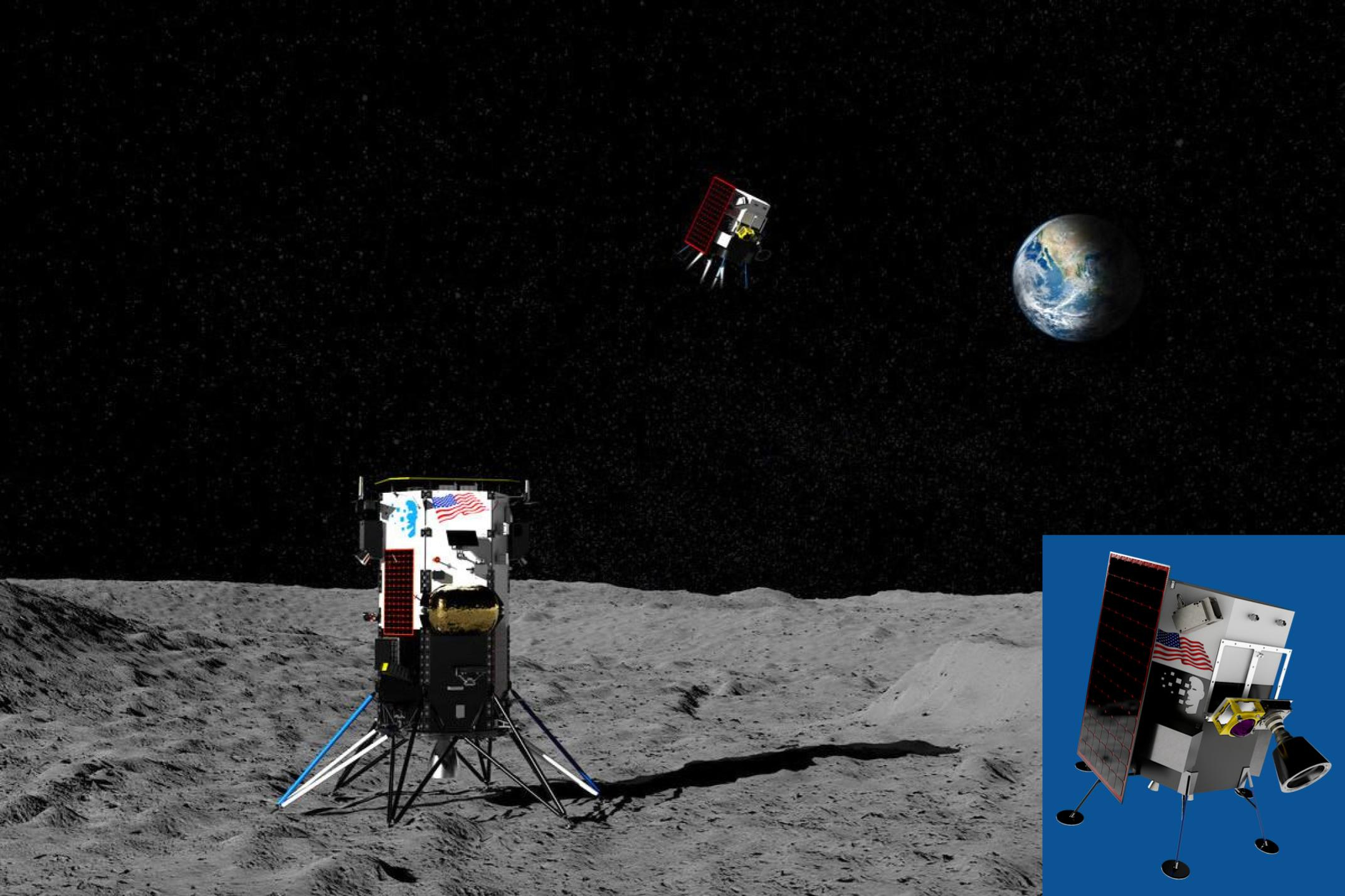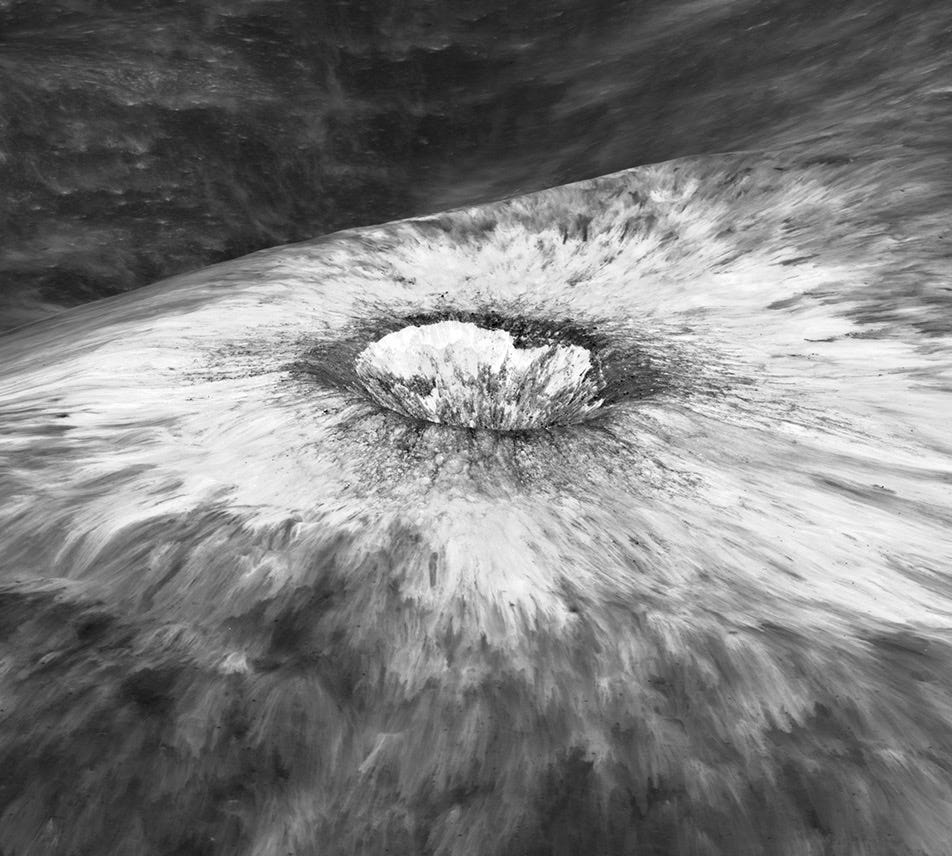Moon Monday Issue #37
Cereal box sized NASA spacecraft ready for lunar science and more, Lunar Outpost to test 4G/LTE on the Moon, a fascinating lunar hopper, Israeli oxygen extractor to be on Japan's lander, and more.
Highlight
NASA’s Artemis I mission targeting a launch later this year will not only send an uncrewed Orion spacecraft to the Moon but also deploy 13 small satellites on independent scientific missions. Last week, NASA integrated 5 of the shoebox-sized satellites on the top part of the second stage of the SLS rocket. After launch, the second stage will fire its engine to push the connected Orion spacecraft out of Earth orbit and on a trajectory to the Moon. It’ll then separate from Orion, and deploy the small satellites. The 5 satellites integrated last week are Lunar IceCube, Near-Earth Asteroid (NEA) Scout, Lunar Polar Hydrogen Mapper (LunaH-Map), LunIR, and CubeSat to Study Solar Particles (CuSP).
- NEA Scout will be the first CubeSat to travel to an asteroid, using a solar sail no less.
- Lunar IceCube will use an infrared spectrometer to map water across the Moon’s surface from lunar orbit.
- LunaH-Map will use two neutron spectrometers to map hydrogen—an indication of water—in the highest resolution to date across the Moon’s south pole over 60 days both in and out of permanently shadowed regions as well as on the surface and a meter below it.
- LunIR will test an advanced set of miniaturized technologies as it flies past the Moon as a way to reduce risk before using these technologies in critical missions.
- CuSP will study the radiation particles and magnetic fields streaming from the Sun from an orbit closer than Earth. This is a test to eventually create a network of dozens of small solar observing stations across the inner solar system to track solar weather in three dimensions.

Exploration
Earlier this month, NASA requested proposals from U.S. companies to mature their crewed lander designs to routinely ferry Artemis astronauts from lunar orbit to the surface and back. Now, NASA has expanded details on this Lunar Exploration Transportation Services (LETS) program with three new pieces of information.
- The first commercial crewed landing service(s) from this program will be selected no later than 2028, and selected entities will provide regular flights soon after.
- NASA also wants transportation providers to separately deliver mission-critical cargo of all kinds alongside crewed missions.
- This time around NASA is seeking input on the selection process (not hardware) not just from commercial companies but also from U.S universities, non-profits, and other U.S. government agencies. Responses are due on August 4.
This addendum comes as NASA is developing a concept of operations for Artemis Base Camp to better define requirements for establishing a sustainable presence on the Moon. NASA will request for hardware proposals for actual recurring lunar transportation missions next year. Meanwhile, NASA and Boeing, the prime contractor for the agency’s SLS rocket, are pacing up production of rocket parts and model testing for Artemis missions II to IV to meet the already tight timelines.
Nokia has selected Lunar Outpost to test the first 4G/LTE communications system on the Moon. Nokia’s 4G/LTE hardware will be on a rover built by Lunar Outpost, and be delivered to the lunar south pole by Intuitive Machines on its 2nd mission in December 2022 as part of NASA’s CLPS program. Once on the Moon’s surface, the rover will study the performance of the 4G/LTE communications system for 12 days in varied lunar environments. The aim is to test if we can get high-throughput, long-range, and low-latency communications on the lunar surface necessary for having sustainable presence on the Moon.

On the same mission, Intuitive Machines will be carrying a $41.6 million NASA-contract-supported hopper called Micro-Nova, a 76-centimeter mini version of Intuitive Machines’ 4-meter lunar lander. On this mission, Micro-Nova will hop around the Moon’s south pole with a 1-kilogram payload, and take the first-ever pictures inside permanently shadowed craters as well as high-resolution images of the lunar surface under its flight path. Micro-Nova can fly into lava tubes and other such regions practically inaccessible by traditional landers and rovers.

Israeli company Helios, who has been developing a scalable technology to extract oxygen from lunar soil, announced that it plans to be onboard Japan-based ispace’s 2nd and 3rd Moon landing missions by the end of 2023 and mid-2024 respectively. Helios’ payloads, Lunar Extractor-1 and Lunar Extractor-2, will use electrolysis to separate metal and oxygen from lunar soil, the latter of which is about 45% by weight. The Israeli Space Agency and the Israeli Energy Ministry have been funding Helios for developing the technology as they see its utility in establishing a long-term sustainable presence on the Moon that’s not entirely dependent on Earth.
Along the same lines of sustainable lunar living, the Japanese space agency and Honda have been jointly prototyping a compact “circulative renewable energy system” designed to supply oxygen, hydrogen, and electricity to sustain human outposts and rovers in and around the Moon. Japan plans to use such a system on the NASA-led Gateway lunar orbiting station before extending its applications to the surface.
Science
Based on lab experiments with lunar soil simulants and an energetic proton beam to mimic the Sun’s proton radiation, JAXA scientists have demonstrated for the first time that water molecules can be created on the Moon from solar protons striking surface minerals. Previous experiments showed only hydroxyl (OH) groups could form from solar protons, and subsequent micrometeoroid impacts are needed to form H2O. The new results are not only important to estimate the amount of water on the Moon but also how water could form on small asteroids and bodies in the inner solar system.
The ground penetrating radar on China’s Yutu-2 lunar rover has uncovered the recent history of the mission’s landing site on the Moon’s farside. The radar found evidence of buried craters, layers of ancient ejected material from nearby craters, and older regolith sandwiched between two layers of lava flows, indicating a quiet period between volcanic events.
ISRO put out a new dataset of its Chandrayaan 2 orbiter, unannounced, on its Pradan data portal. While scientists anticipate the orbiter to deliver a lot of science, ISRO has yet to release any substantial data despite the spacecraft being almost two years in lunar orbit at this point. The new dataset primarily contains 11 new high-resolution images (0.25 to 0.5 meters/pixel) of areas near the Moon’s south pole (thanks @Astro_Neel for plotting the locations) along with hundreds of context images of lower resolution.
More Moon
NASA’s LRO spacecraft captured this spectacular oblique view of a small 1.4-kilometer wide crater that (geologically) freshly formed just besides the rim of a larger 123-kilometer wide monster. Much of the ejected material from the smaller crater deposited downslope of the larger one.

When rocks roll down craters or mountains, scientists use the length, width and depth of each track segment to determine physical properties of the lunar soil, something they’d otherwise rely on tracks of a rover for. And LRO sure did capture ejected boulders rolling down the larger crater’s walls! This is how geologists sometimes get a free rover on the Moon. 🌝
Thank you Nathan Price (Countdown to the Moon), Open Lunar Foundation, Epsilon3, and SWISSAPOLLO for supporting me and powering this edition of Moon Monday.
Everyone, I’m publishing this one-of-a-kind Moon exploration newsletter for free, with no ads. And it will stay that way. If you like my work, support me to keep it going.
